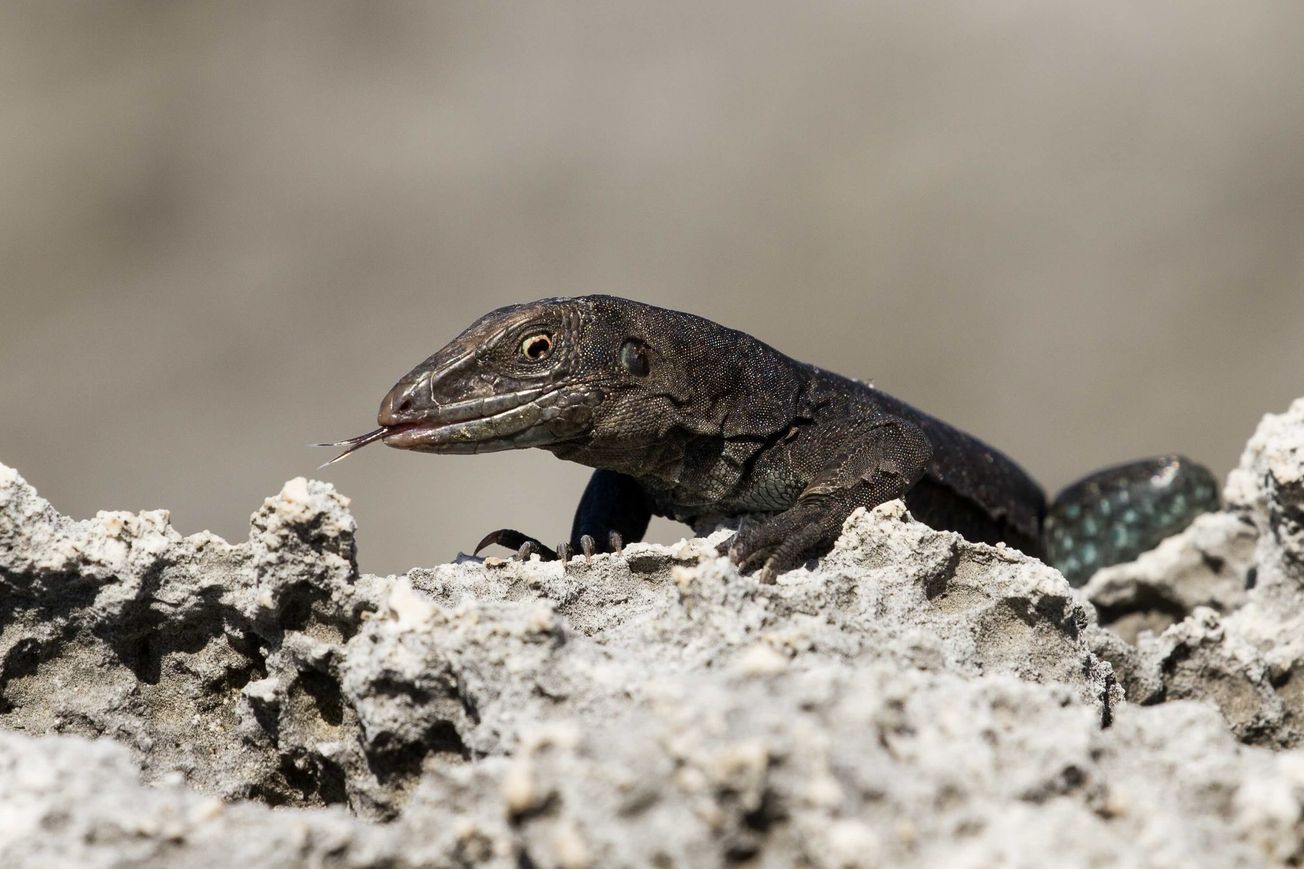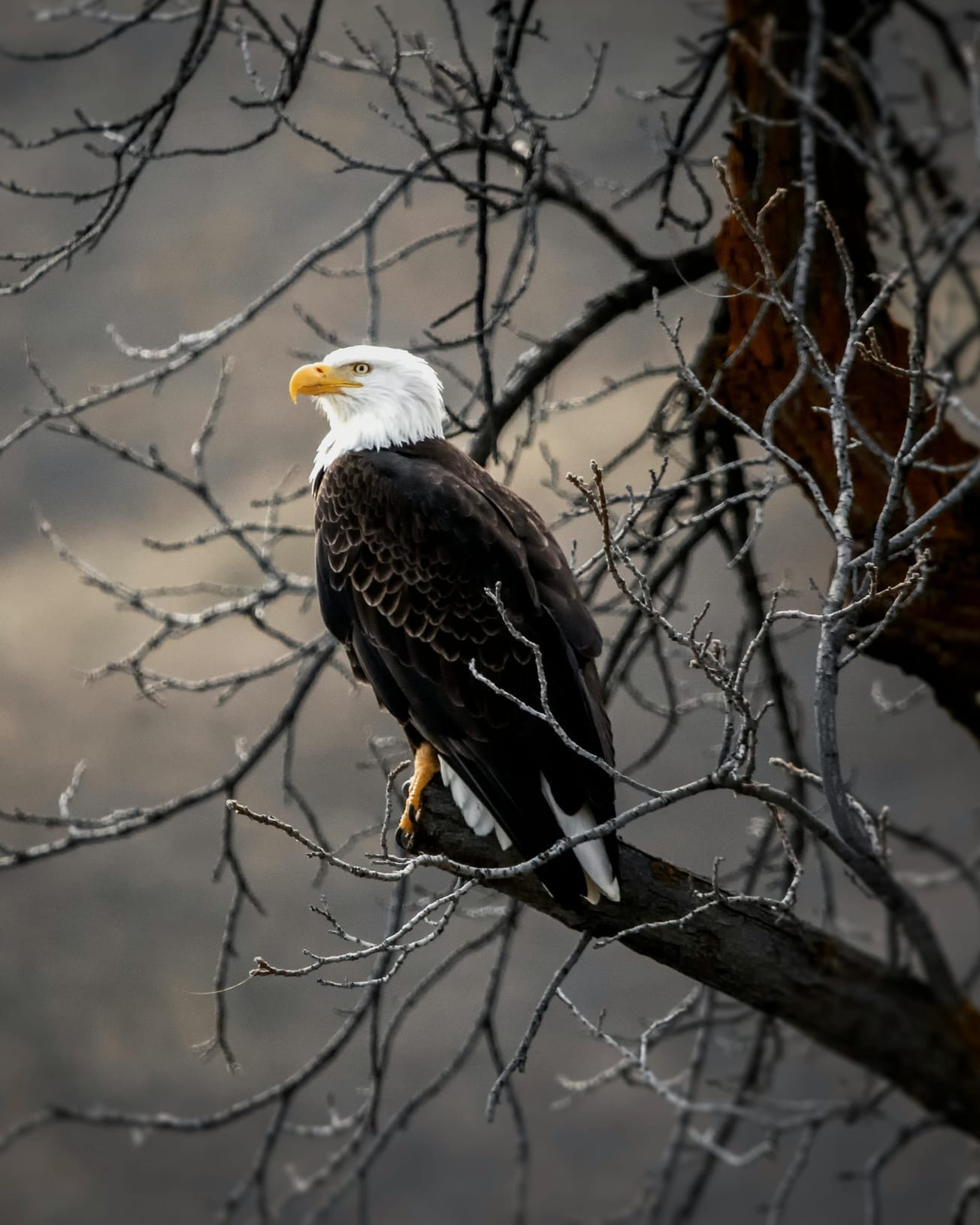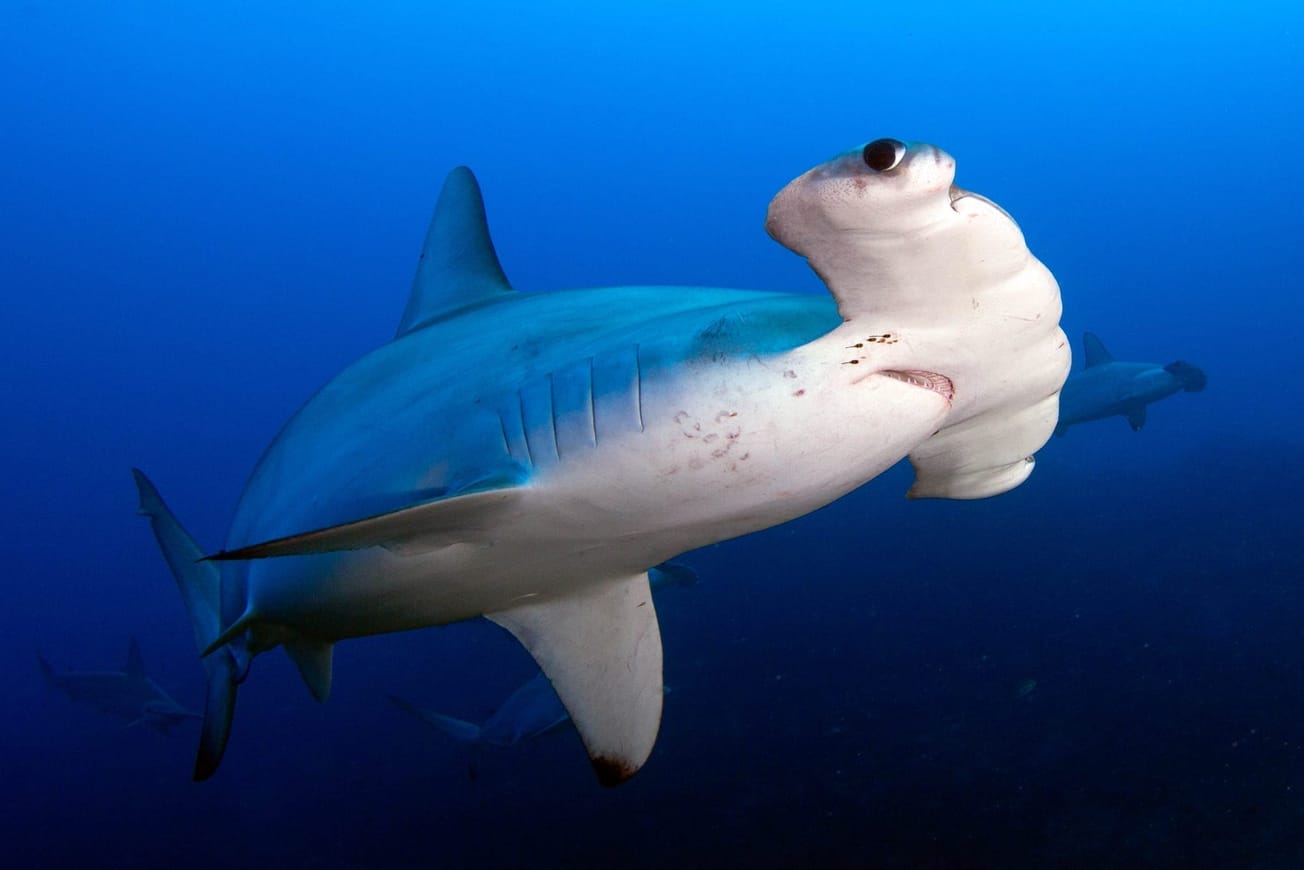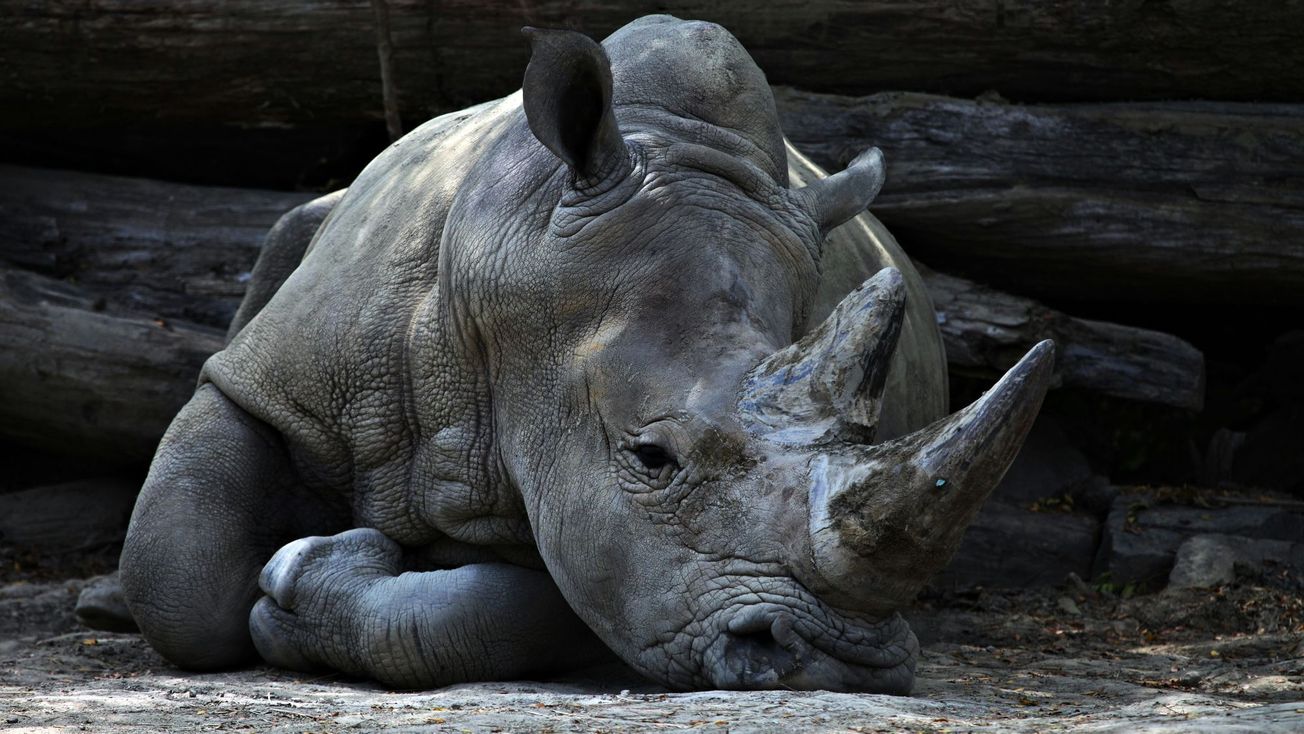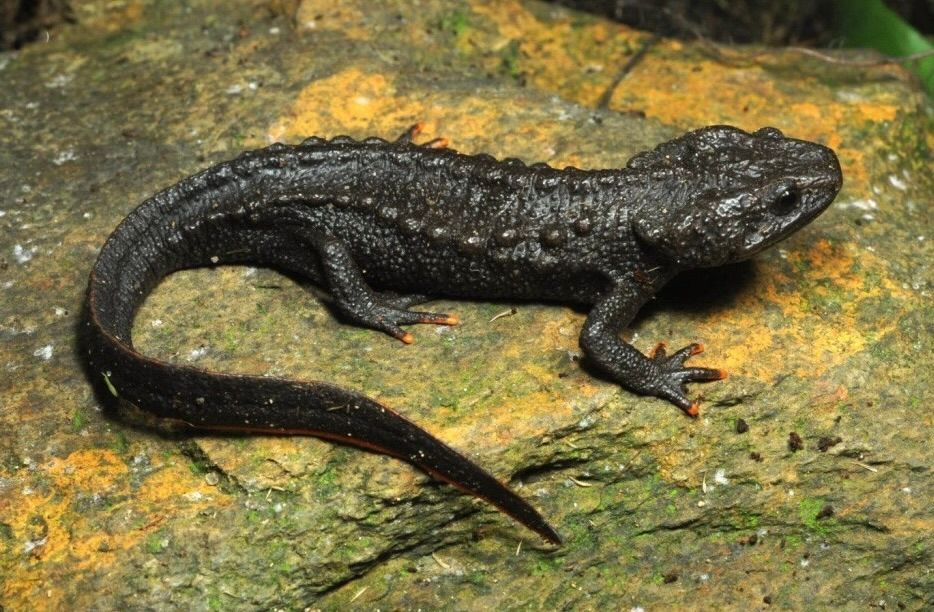The critically endangered Sombrero ground lizard (Pholidoscelis corvinus), found only on the tiny Sombrero Island in the Caribbean, has experienced a remarkable population increase of 1,500% following restoration efforts. In 2018, fewer than 100 individuals remained, but a survey revealed over 1,600 lizards now thrive on the island.
This conservation success is credited to efforts by Fauna & Flora, Anguilla National Trust, and Re:wild, which began restoring the island in 2018. A key initiative was the eradication of invasive mice in 2021. These mice, likely introduced by humans, devastated the ecosystem by consuming seeds, insects, and seabirds, destroying native vegetation, and preying on lizard eggs and young. By removing the mice and implementing a biosecurity plan with regular monitoring, researchers ensured the island remained mouse-free. AI-enabled remote surveillance cameras are also being developed to detect invasive species.
Sombrero Island, home to unique species and large seabird colonies, faces ongoing challenges from climate change. Hurricanes and storm surges have stripped the island of much of its soil cover, slowing the recovery of native vegetation critical for the lizards’ survival. While sparse vegetation now provides some food and shelter, the lack of tree cover leaves the ecosystem vulnerable to severe weather events.
Despite these hurdles, conservationists are optimistic. Jenny Daltry of Fauna & Flora emphasized that the lizards’ improved habitat gives them a better chance of surviving future storms. She also underscored the urgency of aligning restoration efforts with the pace of climate change. The success on Sombrero Island highlights the importance of proactive measures to prevent species extinction.
Read more about this in Flaura and Fauna’s article Near-extinct Caribbean reptile makes epic comeback published on December 19, 2024.


